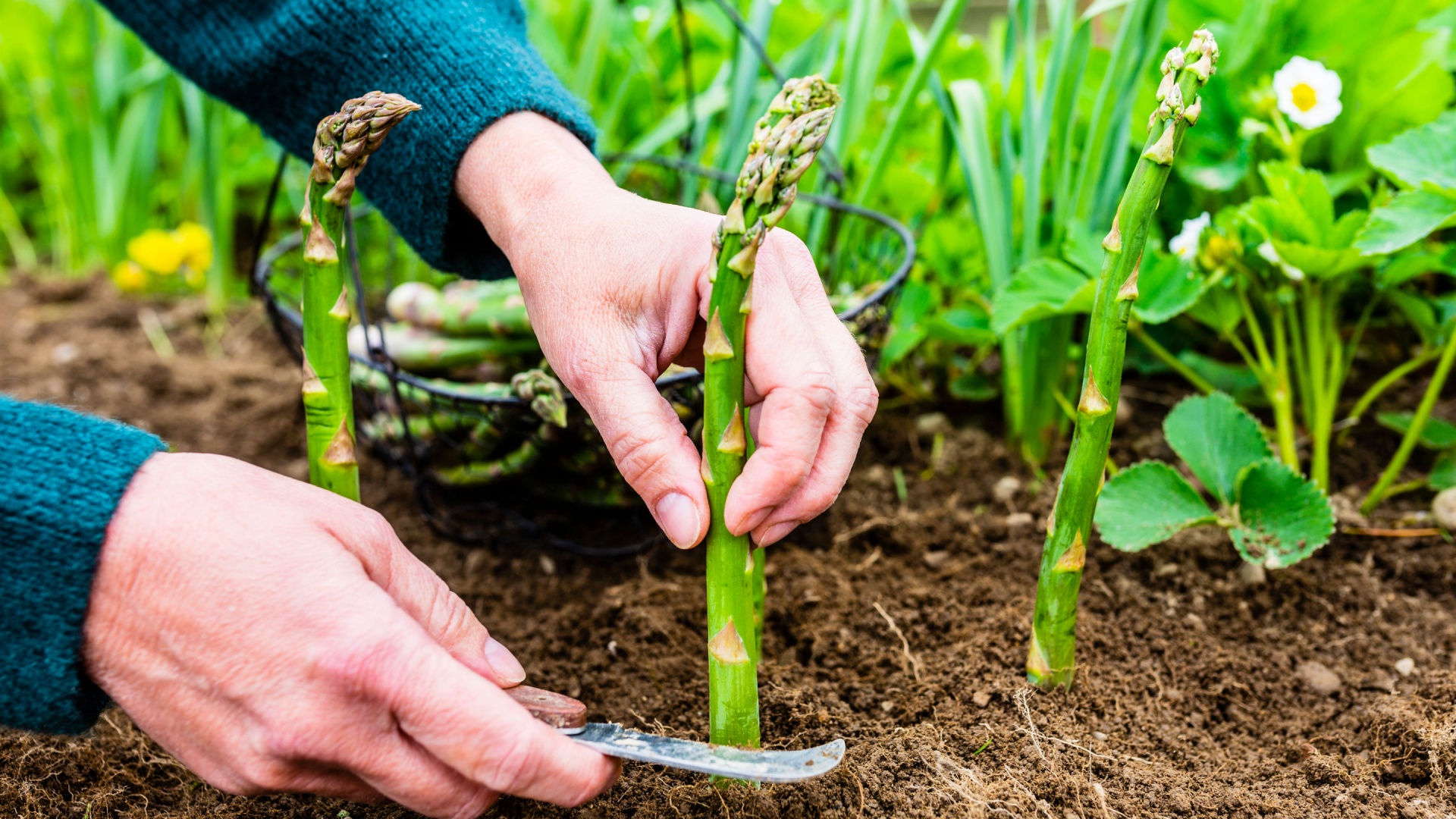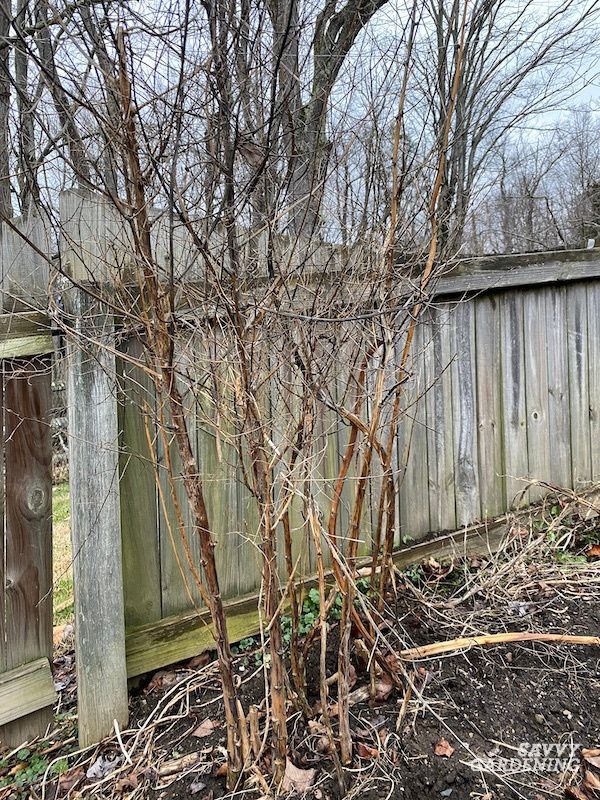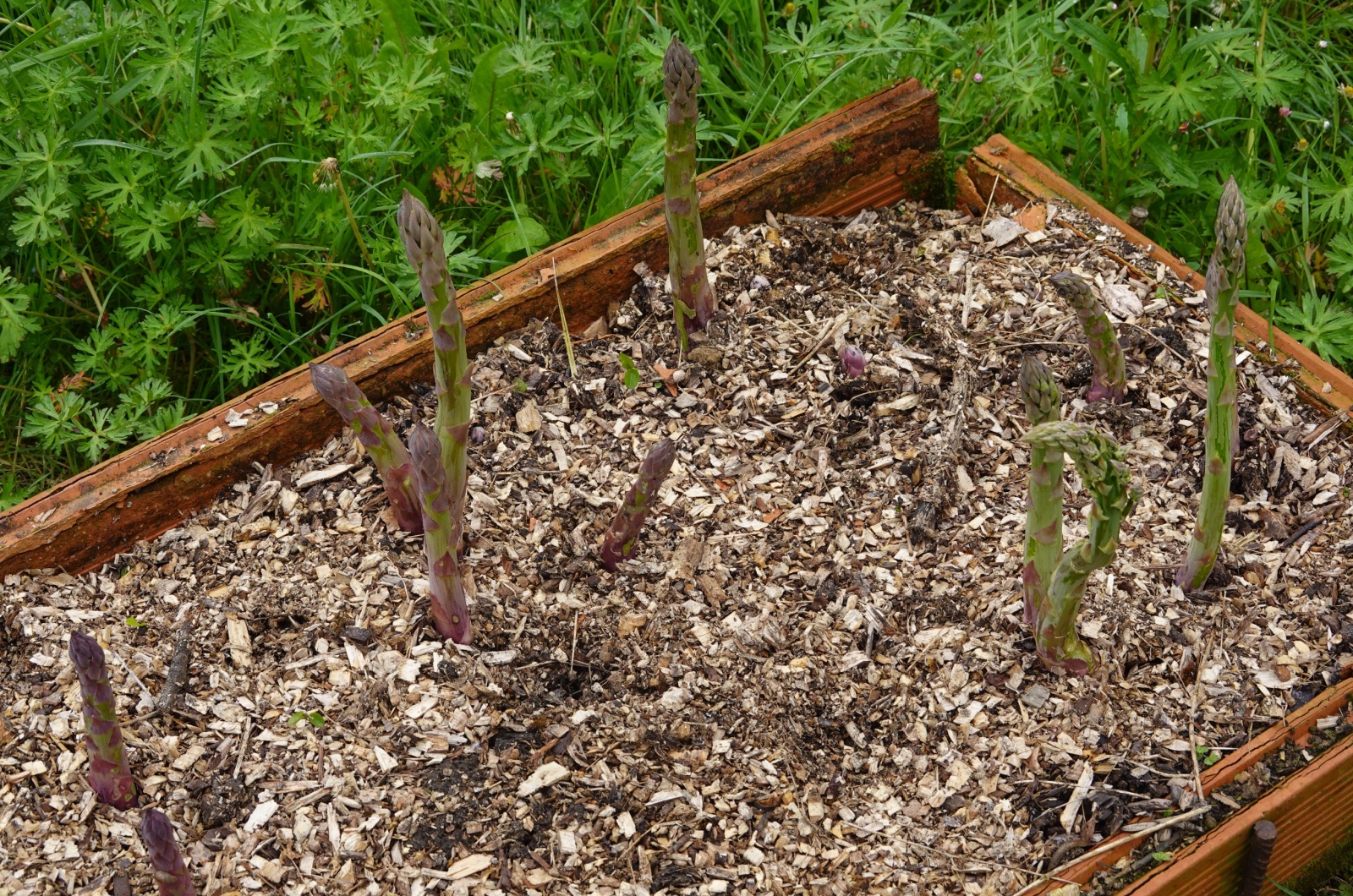Asparagus is one of the most delicious and health-boosting veggies! This amazing crop is full of vitamins C, K, and E and can be cooked in different ways.
I always wanted to plant this veggie in my garden, and five years ago my wish was granted!
Even after all these years my asparagus is still thriving. I didn’t face any problems while growing it! If you also have asparagus in your garden, you’re lucky!
This perennial plant can survive in your yard for up to twenty years. As there’s always a ‘but’ in growing veggies, asparagus might also be tricky to grow! Luckily, after all these years of having it, I’ve learned some amazing tips and tricks on how to grow this plant perfectly.
Keeping your veggie healthy and protected from pests during their dormancy can be possible just by cutting it back! This is an important task in growing your asparagus; without it, you can say goodbye to the tastiest veggies.
But first, let’s see the perfect time to cut back asparagus in your garden!
Fall Is The Best Time To Prune Your Asparagus
Once you spot that your asparagus has started turning yellow or brown in the autumn, that’s the perfect time to cut it back! Since fall is officially here, you can start trimming your asparagus NOW!
Before that, should we first see how many benefits you’ll get by cutting back your asparagus?
If you cut them now, next year your asparagus will produce better quality spears! You’ll be welcomed by more green crops when spring arrives.
Also, trimming will make them pest-free! Their number one enemy, beetles, love to feed on asparagus in the winter, which will damage the plant a lot. Luckily, cutting helps drive them far away from your veggies, keeping them healthy all season long.
Now I want to show you some incredible tricks on how to prune your asparagus in the best way possible!
Take A Look At These Easy Trimming Tricks You’re Going To Love
Start by getting the sharpest shears, as they will do the work best! Let’s see how to use those pruners on your asparagus.
Simply cut the ferns down to about one inch above your soil line. When you trim plants in the fall, they will be heavier and harder, so you’ll need to use all your strength to cut them! But that’s no challenge for green thumbs, right?
Also, make sure not to leave long stumps behind because it can lead to crown rot! That’s all the work that needs to be done for the cutting part, but we’re not finished yet. You still need to do a few important things before leaving your plant to rest until spring!
What Should You Do After Cutting It Back?
After you’re done cutting back your asparagus, you’ll need to take care of it!
The best way to do that is by putting down a layer of one or two inches of straw or organic mulch! For mulch, you can use clippings or shredded leaves. This will help reduce weeds, stabilize the soil, and keep your veggies protected during the cold days when winter comes!
You can add a little bit of general organic granular fertilizer. By following these steps, you’ll provide your asparagus with the healthiest growth!
Now that you know that fall is the ultimate time to cut back your asparagus, you should grab your pruners and get into action! With these trimming methods, you’ll be able to do it the easiest way.
After I learned all of these tricks, my asparagus was free from pests and thrived every season. You’ll also be amazed by the results in the spring next year!
Good luck!




